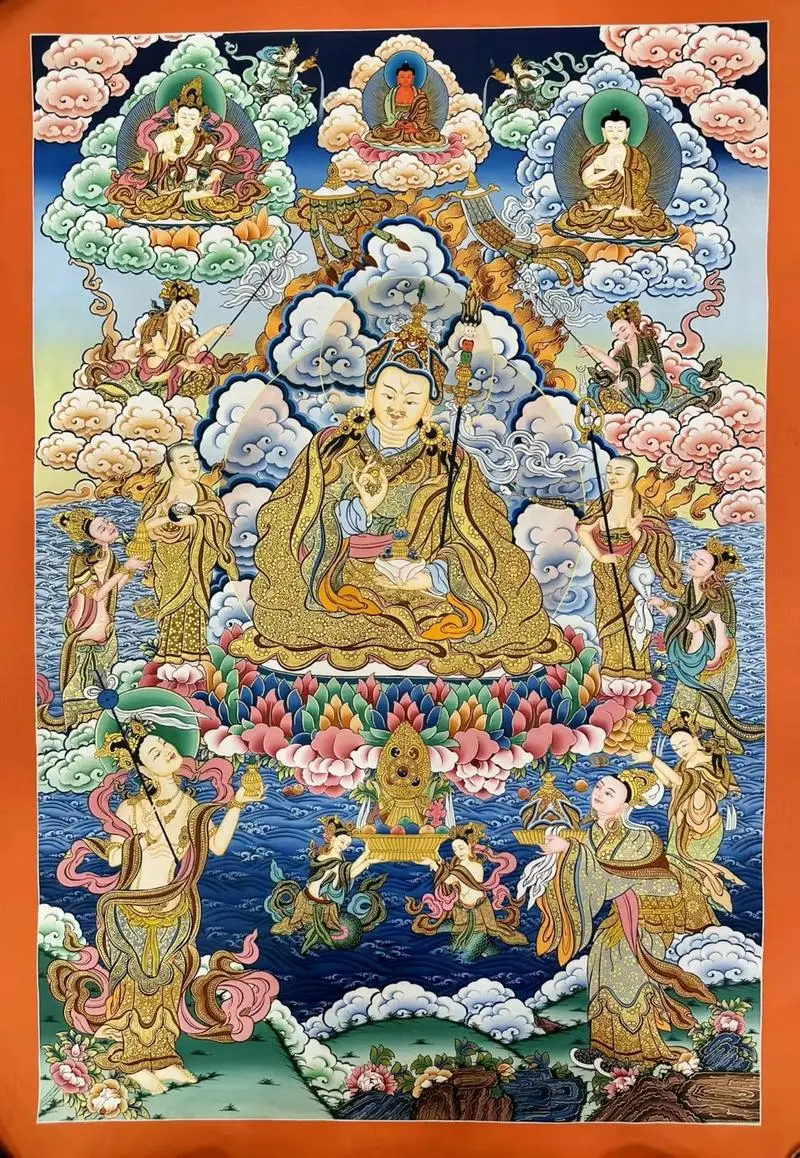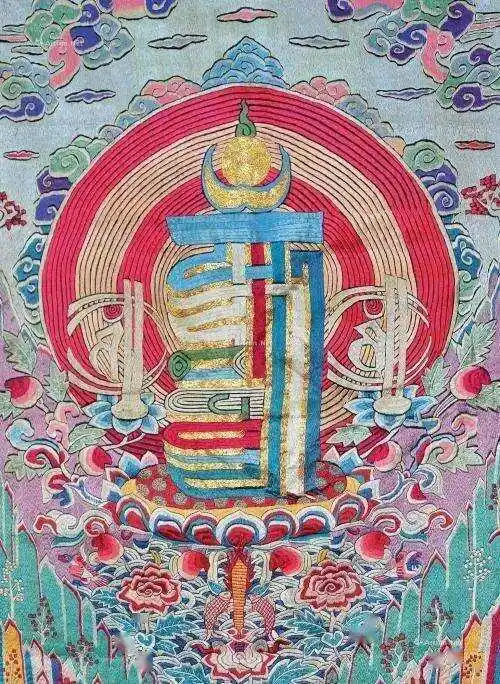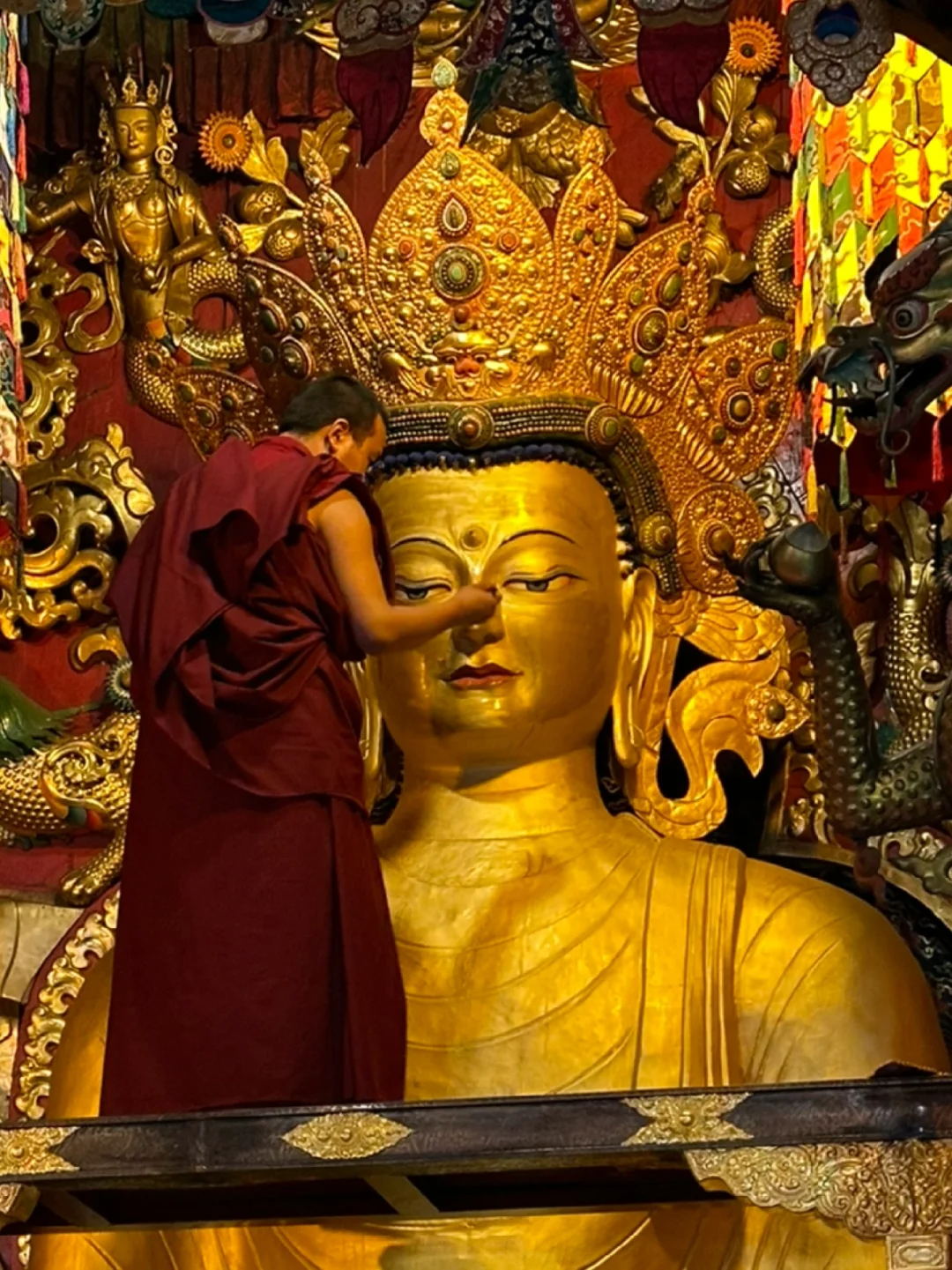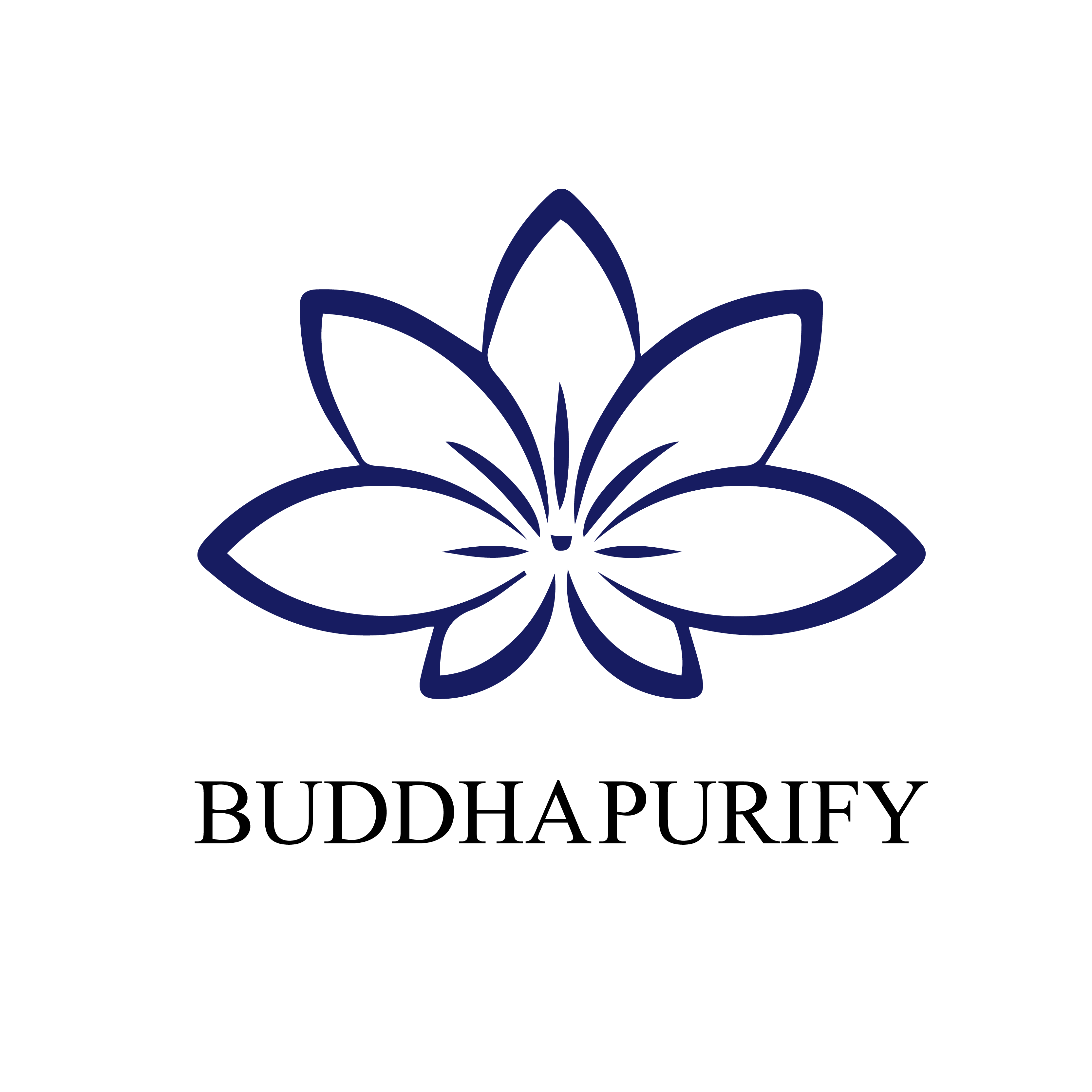The Culture of Tibetan Buddhism
Tibetan Buddhism is an integral part of Tibetan culture, shaping its social structures, arts, philosophy, and everyday life. As a core component of Tibetan identity, Tibetan Buddhism is not only a religious belief system but also a way of life that influences many aspects of the region’s cultural heritage. Here is a detailed look at the different facets of Tibetan Buddhist culture:
1. Religious Rituals and Festivals
Tibetan Buddhism's religious rituals and festivals play a vital role in the lives of Tibetan people, marking important cultural and religious moments. Key festivals include:
- Saga Dawa Festival: This is one of the most important Buddhist festivals in the Tibetan calendar, commemorating the birth, enlightenment, and parinirvana of Shakyamuni Buddha. Devotees engage in pilgrimages, circumambulations, and acts of charity, aiming to accumulate merit.
- Monlam Chenmo (Great Prayer Festival): Initiated by the founder of the Gelug school, Tsongkhapa, this festival involves prayers for world peace and the well-being of all sentient beings. It is one of the most significant festivals in the Gelug tradition.
- Butter Lamp Festival: Celebrated mainly in Lhasa, this festival sees the lighting of butter lamps to honor the Buddha and pray for blessings.
These festivals are often accompanied by grand ceremonies, processions, and traditional performances, reflecting how deeply religious practice is intertwined with everyday life in Tibet.
2. Tibetan Buddhist Art
Tibetan Buddhism has profoundly influenced Tibetan art, especially in Thangka painting, murals, sculpture, architecture, and ritual dance:
- Thangkas: These are scroll paintings on cotton or silk that depict Buddhist deities, mandalas, or religious scenes. They are used as visual aids in meditation or for display in homes and temples, embodying intricate symbolism and cosmic representations.
- Sculpture: Buddhist sculptures, often made of bronze or clay, are found in temples and monasteries. They depict various Buddhas, bodhisattvas, and protector deities, serving as objects of worship.
- Architecture: Tibetan Buddhist architecture is characterized by massive monasteries and stupas. Iconic examples include the Potala Palace and Jokhang Temple, which not only function as religious centers but are also symbols of Tibetan heritage.
- Cham Dance: This is a traditional monastic dance performed during religious festivals. Dancers wear masks representing different deities and demons, symbolizing the defeat of evil and the triumph of good.
3. Literature and Scriptures
Tibetan Buddhist literature is vast and diverse, with the Kangyur and Tengyur being the most significant texts:
- Kangyur: This is the collection of texts that contain the words of the Buddha, offering guidance on Buddhist teachings and practices.
- Tengyur: These are commentaries on the Kangyur, written by Buddhist scholars. They delve into various aspects of philosophy, ethics, and meditation techniques.
Beyond religious texts, Tibetan Buddhism has produced numerous works of philosophy, history, biographies, and poetry, contributing significantly to the development of Tibetan literature.
4. Monasteries and Monastic Life
Monasteries are the heart of Tibetan Buddhist culture, acting as both religious and educational institutions. Monks and lamas not only study Buddhist philosophy and rituals but also learn astronomy, medicine, and literature. Major monasteries such as Drepung, Sera, and Ganden are renowned for their scholastic traditions and spiritual influence.
The Tulku (reincarnation) system is also central to Tibetan Buddhism. It is believed that enlightened beings can choose to reincarnate to continue their spiritual work. The most famous examples are the Dalai Lama and Panchen Lama incarnations, who hold both spiritual and temporal power in Tibetan society.
5. Folk Beliefs and Daily Practices
Tibetan Buddhism is deeply integrated into the daily lives of the Tibetan people. Popular practices include:
- Prayer Wheels: Tibetans use prayer wheels inscribed with mantras, turning them to accumulate merit and purify negative karma.
- Pilgrimage: Pilgrimage to sacred sites such as Mount Kailash and Jokhang Temple is a key practice, demonstrating devotion and seeking spiritual purification.
- Prayer Flags: Colorful prayer flags are hung at high altitudes, symbolizing prayers for peace, compassion, and wisdom. The wind is believed to carry these prayers across the land.
Tibetan Buddhist values, such as compassion, patience, tolerance, and generosity, are embedded in the people's worldview and guide their interactions with others.
6. Tibetan Medicine and Astronomy
Tibetan Buddhism has also significantly contributed to the development of Tibetan medicine and astronomy:
- Tibetan Medicine: Known as Sowa Rigpa, Tibetan medicine combines Buddhist concepts of health with Indian Ayurveda, Chinese medicine, and indigenous Tibetan practices. It emphasizes the balance of three elements—wind, bile, and phlegm—in the body. Treatments include herbal remedies, acupuncture, and diet regulation.
- Tibetan Astrology and Calendrical Science: Tibetan Buddhism developed an intricate system of astrology and calendars, used for determining auspicious dates for ceremonies, agricultural activities, and health care.
7. Philosophy and Practice
Tibetan Buddhist philosophy is profound, emphasizing karma, reincarnation, emptiness, and bodhicitta (compassionate mind). It integrates the teachings of the Sutrayana (exoteric teachings) with the advanced practices of Tantrayana (esoteric teachings). The practice of Tibetan Buddhism includes both gradual training through ethical conduct, meditation, and wisdom, as well as tantric practices involving deity yoga and mandala visualization to achieve enlightenment.
8. Global Influence
In modern times, Tibetan Buddhism has spread globally, largely due to the efforts of the Dalai Lama and other Tibetan teachers who have established centers and teachings around the world. Its unique blend of compassion, mindfulness, and meditation has resonated with practitioners from various cultural backgrounds, making Tibetan Buddhism a global spiritual movement.
Conclusion
Tibetan Buddhism is not just a religion but a cultural, artistic, philosophical, and daily life practice that permeates Tibetan society. Its rich traditions of art, literature, architecture, and ritual, along with its deep spiritual teachings and practices, have profoundly shaped Tibetan identity and continue to influence cultures beyond the Tibetan plateau. Tibetan Buddhism has become a bridge connecting spirituality, culture, and humanity on a global scale.
At Buddha Purify, we are committed to using Tibetan culture as the foundation to deepen our understanding of spiritual practices and bring them to a broader audience. Our mission is to expand awareness about Tibetan spiritual artifacts and practices, offering insights into how these ancient traditions can enhance modern lives.
We focus on a wide range of products that reflect the profound elements of Tibetan spirituality. Our collection includes Buddhist beads, Buddha pendants, and spiritual jewelry, each designed to assist with meditation, spiritual cleansing, and mindfulness. These items are more than mere accessories—they are integral tools for spiritual growth, helping individuals achieve karma balancing and energy purification.
By emphasizing the Tibetan Zen lifestyle and its connection to holistic wellness, we aim to share the transformative power of these practices. Our meditation accessories and mindfulness products are crafted to support users in their journey towards spiritual enlightenment, promoting a deeper understanding of themselves and their path.
Buddha Purify is not just about offering products; it's about creating a bridge between Tibetan traditions and contemporary spiritual needs. We strive to foster a greater appreciation of Tibetan culture's spiritual depth and cultural richness. Through our efforts, we hope to inspire individuals around the world to embrace a conscious way of living, enriched by the wisdom and practices of Tibetan Buddhism.






